Beetroot Basics: Your Guide to Growing Beets
Previous PostCome winter and salad plates in India look alive with slices of this beautiful root vegetable called Beetroot or Chukandar. Not just as a salad, steamed or roasted Beetroot is a delicacy in itself during the colder months.
Let us tell you a little something about this colourful veggie. Belonging to the Amaranthaceae family, Beetroot is a close cousin of spinach and chard. Originally native to the Mediterranean region, beets have been cultivated since ancient times for both their edible leaves and roots. They made their way to India through trade and colonial influence, where they quickly became valued for their earthy sweetness, rich colour, and numerous health benefits.
What Parts of the Beet Plant Can You Eat?

The beetroot plant is superbly versatile and lends itself to a number of cooking variations. The best thing is you can eat both the root and the leaves. Pull the whole plant with roots and leaves intact and enjoy this winter delicacy with your meal. The root is typically boiled, roasted, or eaten raw in salads, while the tender green leaves can be sautéed or added to soups and curries for a nutritious boost.
Why You Should Include Beetroot in Your Diet

Beetroot is packed with essential nutrients like iron, potassium, folate, and fibre. It supports healthy blood flow, boosts stamina, and helps detoxify the liver. Regular consumption of beets can improve digestion, lower blood pressure, and promote glowing skin. The leaves are equally beneficial, rich in calcium, vitamins A and C, and antioxidants.
How to Grow Beetroot from Seeds
1. Sowing Beet Seeds

Beet seeds can be sown directly in the soil without transplanting. Soaking them in water for 12–24 hours before planting helps soften their outer coating and speeds up germination. Sow seeds about 1.5 cm deep and space them 8–10 cm apart in rows 20–25 cm apart. Beets can also be grown in containers - choose a pot that is at least 10–12 inches deep to allow the roots to grow properly. Place your container in a sunny spot for best results.
2. Ideal Soil

Beets grow best in loose, well-draining soil rich in organic matter. Avoid heavy clay soil as it can cause misshapen roots. To naturally improve your soil, mix in compost, leaf mould, or well-rotted cow manure. A slightly acidic to neutral pH (6.0–7.0) is ideal.
3. Watering

Before germination, keep the soil evenly moist but not waterlogged. Once seedlings emerge, water them 2–3 times a week, depending on the weather. During the growing phase, make sure the soil stays consistently moist so the roots can develop evenly. Avoid overwatering, which can cause root rot. Mulching around the base of the plants helps retain soil moisture.
4. Feeding

Beets thrive on organic nutrition. You can enrich the soil by adding wood ash for potassium, banana peel compost for phosphorus, and organic vermicompost for overall nourishment. A light side dressing of compost halfway through the growing period boosts root size and flavour naturally.
5. Pests and Diseases

Beets can attract leaf miners, aphids, and flea beetles. To prevent these, spray the plants with a neem oil and water solution once a week. Fungal diseases like leaf spots or damping-off can occur in overly wet conditions, so ensure good air circulation and avoid watering the leaves directly. Instead, water the plans near the soil surface level to make sure the roots absorb it.
6. Sunlight and Temperature

Beets love cool weather and grow best at temperatures between 15°C and 20°C. They need at least 4–6 hours of sunlight daily. In India, sowing beets in the cooler months from October to February ensures healthy roots and vibrant colour.
Harvesting and Using Your Beet Plant

You can start harvesting beet leaves when they are around 10–12 cm long—just pick a few from each plant without disturbing the roots. The roots are ready to harvest about 8–10 weeks after sowing when they reach 4–6 cm in diameter. Use a garden fork to gently lift them from the soil.
Recipe: Beetroot Stir-Fry with Greens

Ingredients:
- 2 medium beetroots (peeled and diced)
- A handful of beet leaves (washed and chopped)
- 1 tbsp mustard oil or olive oil
- ½ tsp cumin seeds
- 1 chopped onion
- 1 chopped green chilli
- 1 tbsp nuts of choice
- Salt and pepper to taste
- A dash of lemon juice
Method:
Heat oil in a pan, add cumin seeds, then sauté onions and green chilli. Add diced beets and cook covered for 10–12 minutes. Stir in the beet greens and cook until just wilted. Season with salt, pepper, and lemon juice. Serve warm as a side dish or over cooked rice.
Now you see! Beetroot is one of the easiest and most rewarding vegetables to grow at home. With a bit of care, you can enjoy not only the delicious red roots but also the tender, nutritious leaves. Add this winter green to your kitchen garden in time for perpetual winter harvests this year. Order beetroot seeds to grow now!


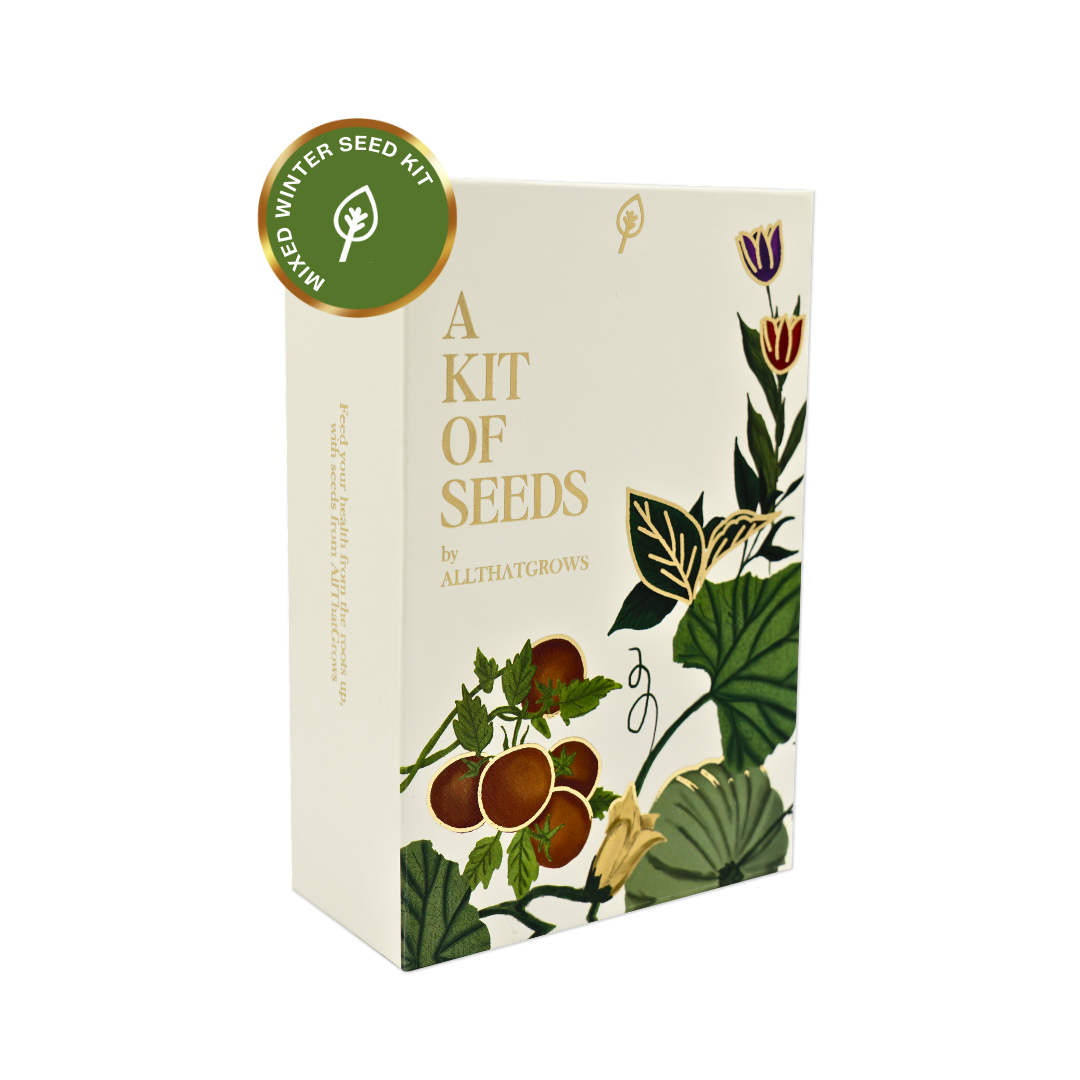

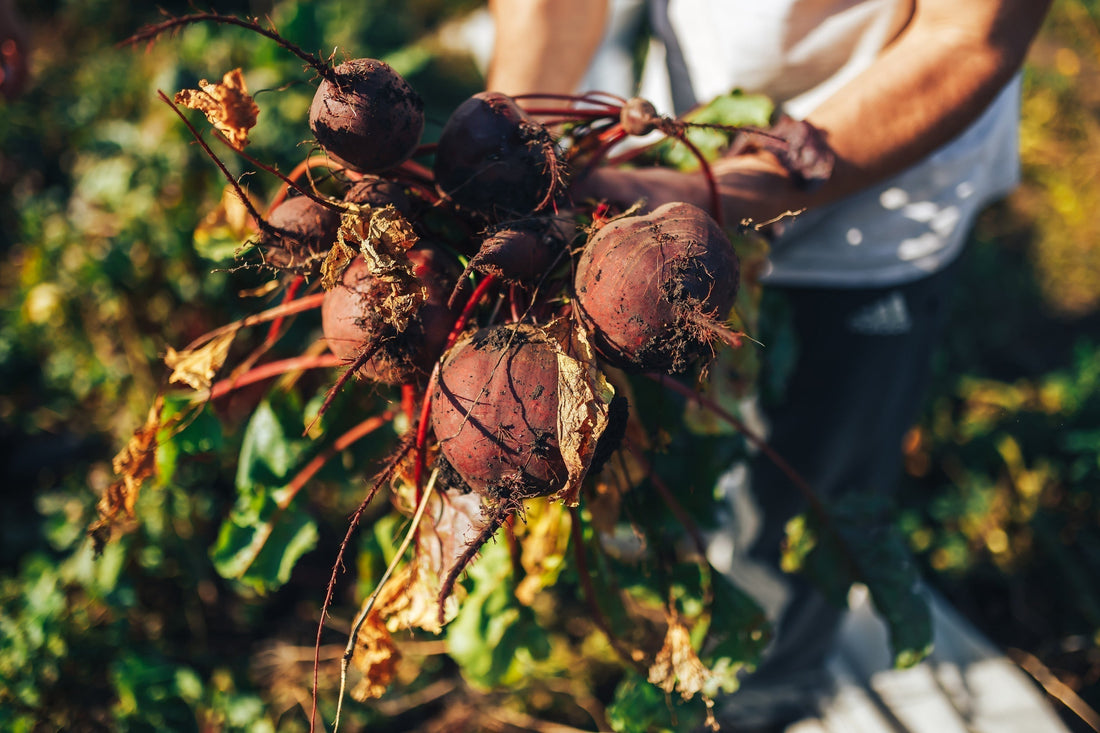
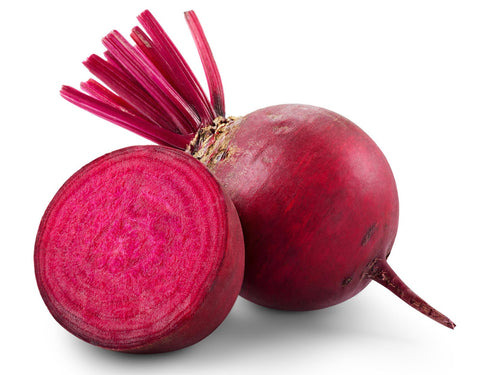

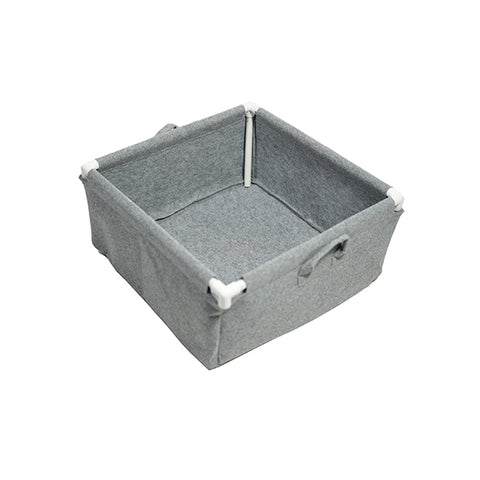


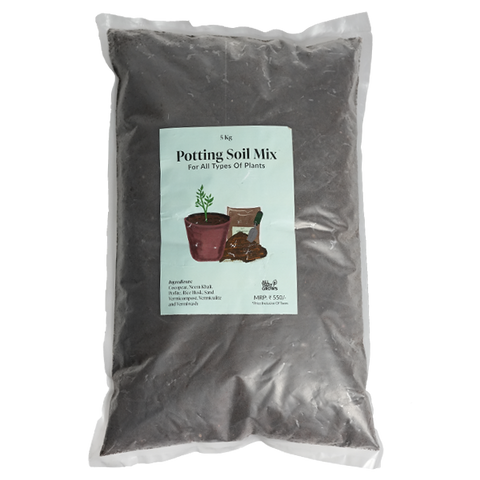
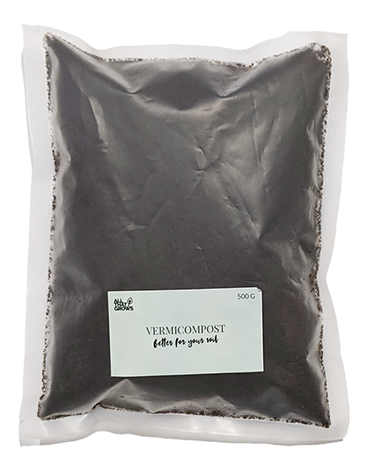
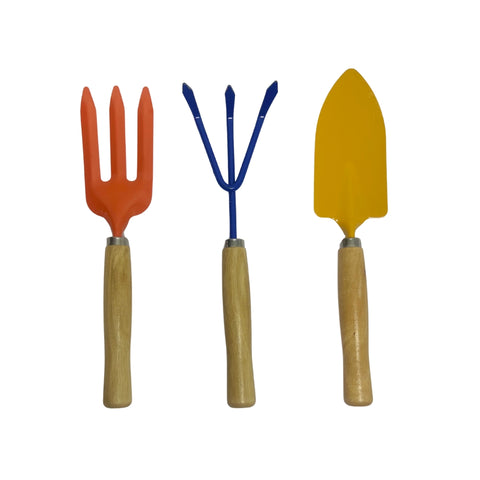

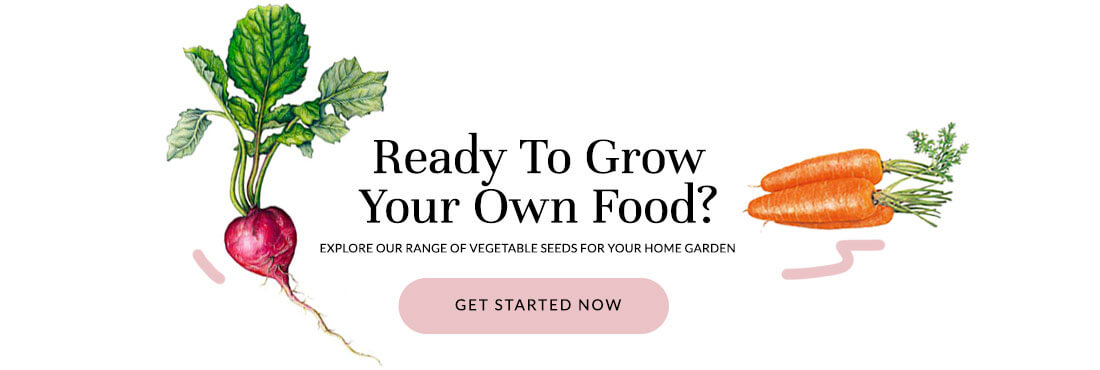

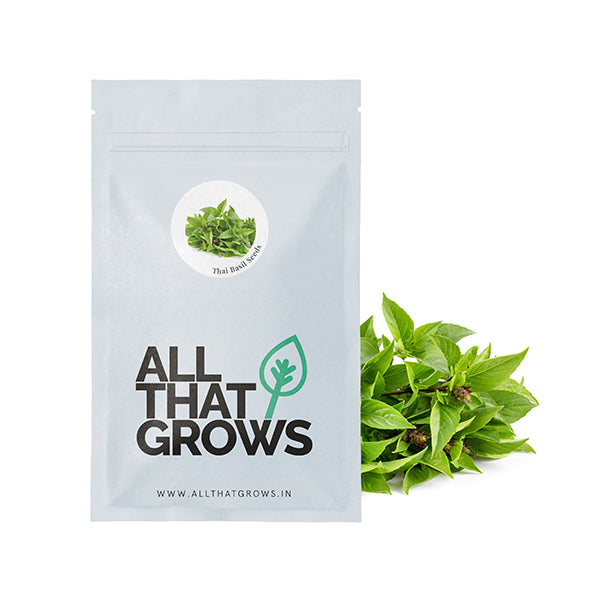
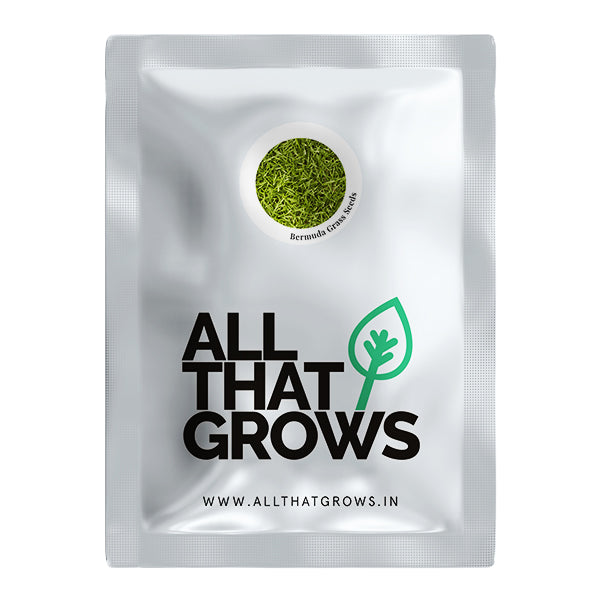
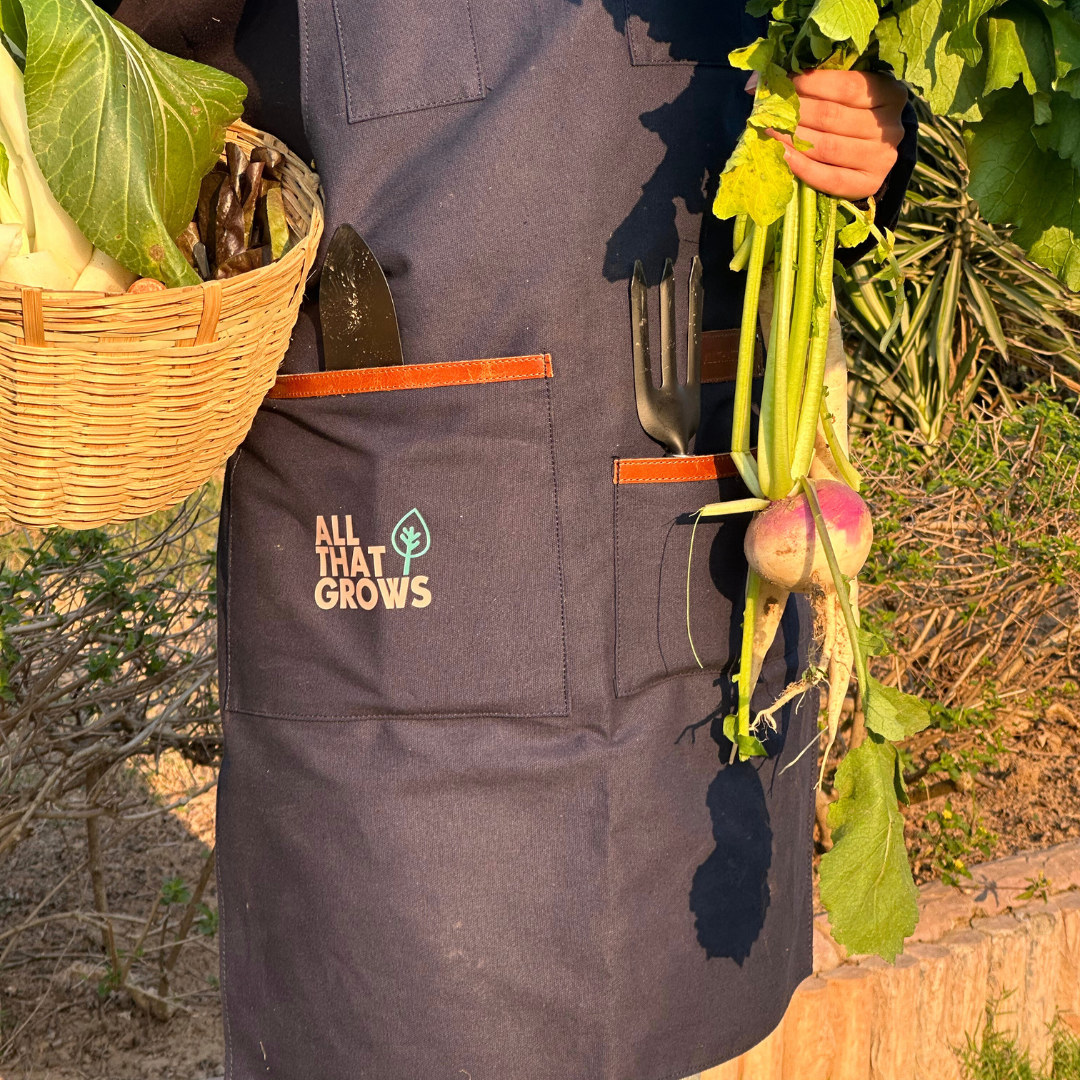

Leave a comment